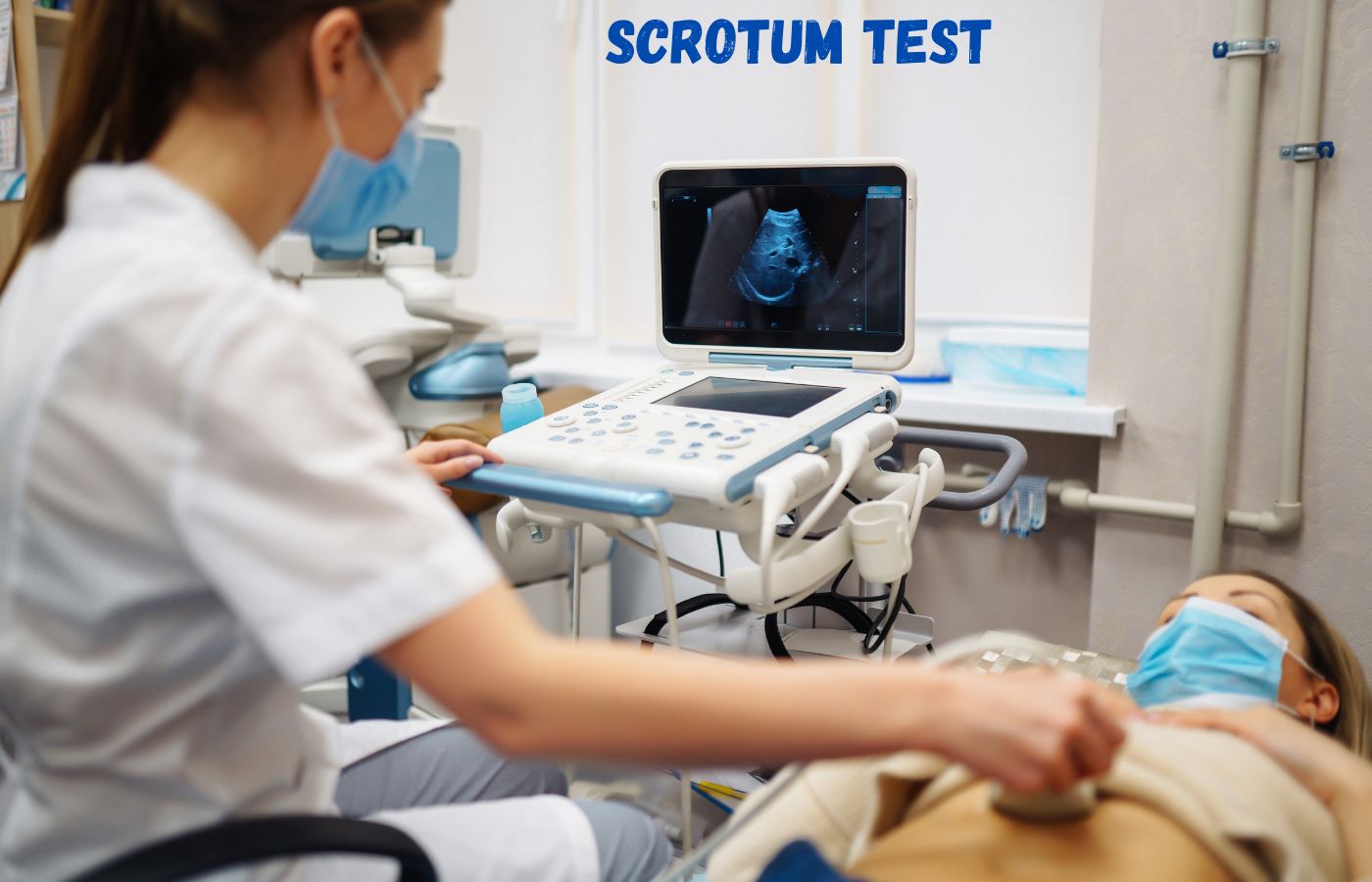
The USG scrotum test, also known as scrotal ultrasound , is a painless, non-invasive imaging test that uses high-frequency sound waves to create images of the scrotum and the structures inside it, including the testicles and epididymis.
It helps detect abnormalities such as swelling, cysts, fluid buildup, or lumps. Since it uses sound waves and not radiation, it’s safe and widely used to evaluate male reproductive health issues.
Doctors suggest a scrotum test for many reasons, such as:
Here are some of the common medical conditions that can be diagnosed through a scrotum USG:
An enlargement of veins within the scrotum, similar to varicose veins, often painless but can affect fertility.
A fluid-filled sac around the testicle that causes swelling.
Inflammation of the epididymis (tube behind the testicle), usually caused by infection.
A medical emergency in which the spermatic cord twists, cutting off blood flow to the testicle.
Benign fluid-filled sacs that may form in or around the testicle or epididymis.
Both benign and cancerous growths or lumps inside the scrotum can be detected and evaluated.
When a part of the intestine pushes into the scrotum through a weak spot in the abdominal wall.
If you are experiencing any of the following symptoms, your doctor may advise a USG scrotum test:
These symptoms can indicate infections, tumors, or even trauma to the area. Early detection through a scrotum test helps in timely treatment and better outcomes.
The USG scrotum test is usually done in a diagnostic imaging center or hospital and takes around 15 to 30 minutes.
Step-by-step procedure:
The test is painless, though mild discomfort may occur if the area is already tender or swollen.
The scrotum USG is completely safe. It does not use radiation and has no known side effects. It is even safe for children or males with other underlying health conditions.
Ignoring swelling inside the scrotum or a lump inside the scrotum may lead to complications such as infertility, chronic pain, or undiagnosed cancer. With the help of a scrotum USG, these conditions can be evaluated quickly and accurately, often avoiding the need for invasive procedures.
This test is especially helpful in distinguishing between fluid-filled and solid masses, which is crucial in identifying potential tumors.
The USG scrotum or scrotum test is a valuable, non-invasive diagnostic tool that provides clear insight into the health of the male reproductive organs. Whether it’s swelling inside the scrotum, cysts, or a lump inside the scrotum , this test helps identify the cause quickly and painlessly.
If you're experiencing symptoms or discomfort in the scrotal area, don’t ignore it. Consult your doctor and ask if a scrotum USG is the right step for you. Early diagnosis leads to better outcomes and peace of mind.